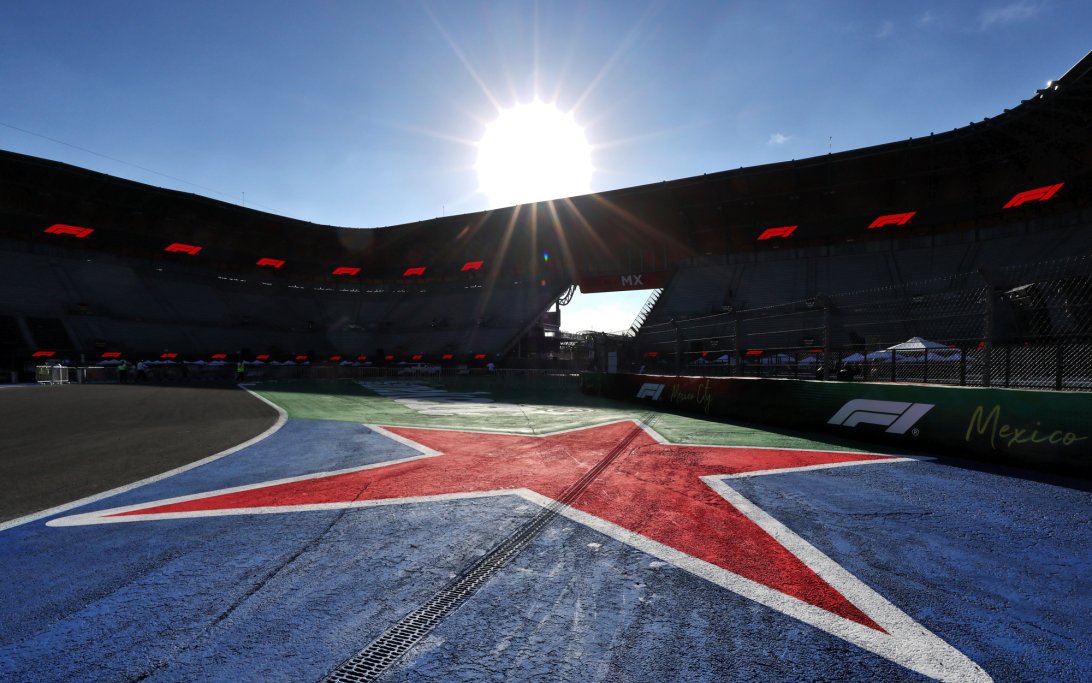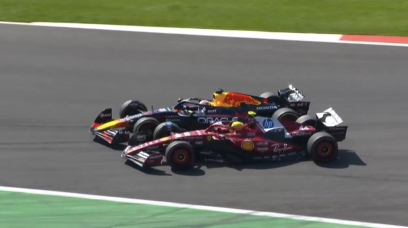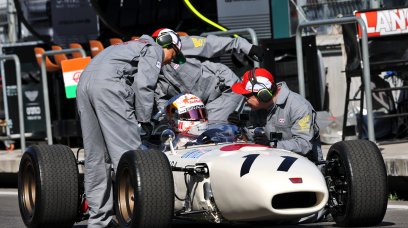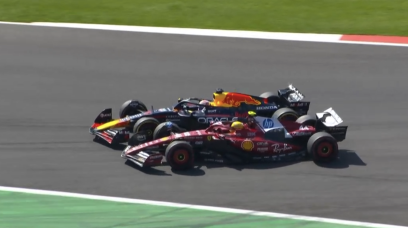For the third consecutive F1 weekend, the drivers face another hot grand prix, and in Mexico City, the connotations of that are very different compared to last two races in Singapore and Austin.
Unlike in Singapore and Austin, however, there is no heat hazard warning from the FIA. For both of those events, temperatures exceeded 31°C, affording the drivers the option of wearing a specially-designed cooling vest to combat excessive heat.
In Mexico City, the temperatures for the grand prix fall short of that; however, they are set to be their hottest of the weekend, spiking at 26°C midway through the 71-lap race.
That throws up issues of a different kind, with the Autodromo Hermanos Rodriguez at 2,200 metres above sea level. It means there is 20 per cent less oxygen, in turn, placing considerable demands on the cars.
For this event, teams and cars often run tailored cooling packages. Red Bull, in particular, has one on its RB21s this weekend, or at the very least, new cooling louvres to provide as much air as possible to the power unit, especially.
The engines and brakes can be prone to overheating due to the conditions.
Williams' Carlos Sainz suggested he could be forced to nurse his car to the chequered flag if issues arise during the grand prix.
"I'm probably a bit more limited by the track layout, by the cooling of the car," said Sainz, speaking to the media, including RacingNews365.
"We'll see what we can do to recover. I'll do my best, and if the engine or the brakes are running too hot, I'll just back off and bring it home, but I'll push."
Wind speed will be minimal, around five to 15kph, and in a predominantly southerly direction. Whilst that will lead to cross winds along the main straight, it will provide a tail-wind for the next lengthy straight that follows, out of Turn 3 and into Turn 4.
Most read
In this article





















Join the conversation!